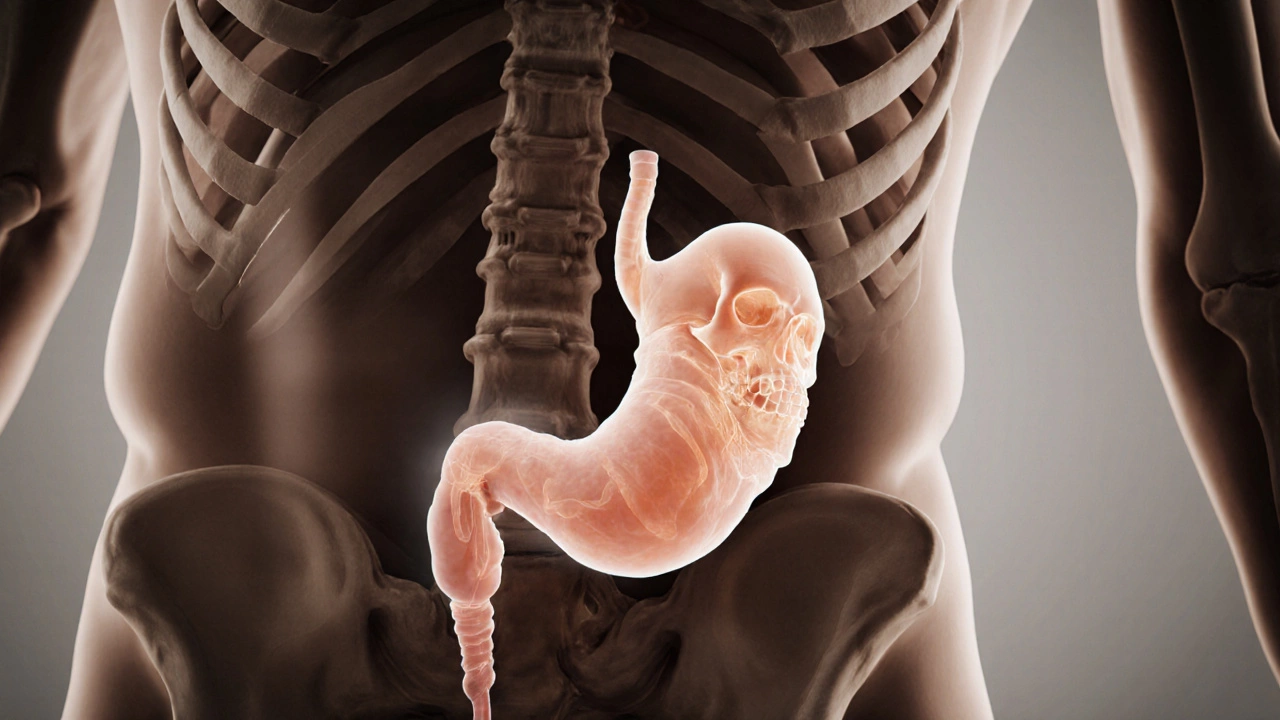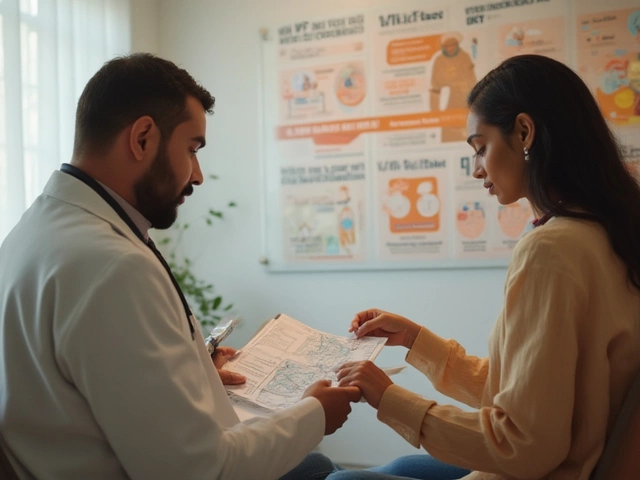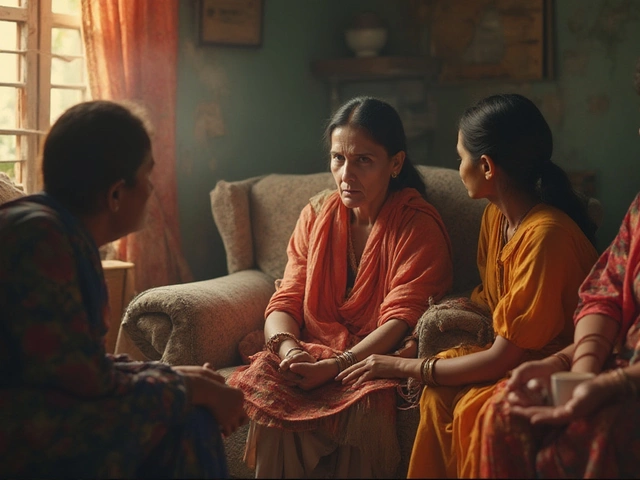Pancreatic Cancer Symptoms: Spot the Early Warning Signs
When it comes to pancreatic cancer symptoms, the pancreatic cancer symptoms are the bodily clues that may signal a tumor in the pancreas can be easy to miss, and catching them early often changes the outcome. Most people think a pancreas problem will announce itself loudly, but in reality the signals are subtle, vague, and sometimes mistaken for everyday issues. That’s why understanding what the body is trying to tell you matters more than any single test. Recognizing the pattern of signs early gives doctors a chance to act before the disease spreads, and it gives patients time to explore treatment options.
Key Symptoms to Watch
One of the most frequent complaints is abdominal pain pain that usually starts in the upper belly and may radiate to the back. The pain often feels like a deep ache rather than a sharp cramp, and it can linger after meals. Another hallmark sign is jaundice a yellowing of the skin and eyes caused by a build‑up of bilirubin. Jaundice appears when a tumor blocks the bile duct, and it may be accompanied by dark urine and pale stools. Unexplained weight loss is also a red flag; losing several kilograms without trying signals that the body is using more energy than it receives, often because the pancreas can’t produce enough digestive enzymes. Some patients notice a new‑onset diabetes diagnosis because the tumor interferes with insulin production. In short, pancreatic cancer symptoms encompass abdominal pain, jaundice, weight loss, and sudden diabetes, creating a pattern that doctors look for when deciding on further testing.
Understanding these clues helps you and your doctor move quickly. Early detection requires spotting jaundice early, because once bilirubin levels rise, imaging can pinpoint blockage. Unexplained weight loss influences doctors to order a CT or MRI scan even if other tests are normal. Abdominal pain that persists beyond a week and doesn’t improve with typical remedies also pushes clinicians toward a more thorough work‑up. When two or more of these signs appear together, the suspicion for pancreatic cancer sharply rises, prompting a referral to a gastroenterologist or an oncologist.
Beyond the obvious signs, lifestyle and risk factors play a subtle role. Smoking, chronic pancreatitis, and a family history of pancreatic cancer increase the chance that these symptoms are not just random. Age over 60 adds another layer of risk, making it even more crucial to pay attention to the body’s messages. While you can’t control every factor, staying aware of how your body reacts to meals, energy levels, and skin changes gives you a better shot at catching trouble early.
If you notice any of the warning signs, the next step is to talk to a healthcare professional right away. Doctors typically start with blood tests to check liver function and tumor markers, followed by imaging such as an endoscopic ultrasound or a contrast‑enhanced CT scan. Early imaging can reveal a small tumor that might still be eligible for surgery or targeted therapy, dramatically improving survival odds. Remember, you don’t need to have every symptom to be evaluated—just one persistent, unexplained sign can justify further investigation.
Below you’ll find a curated collection of articles that dive deeper into each of these topics. From detailed explanations of why abdominal pain occurs to guides on interpreting jaundice and managing unexpected weight loss, the posts are designed to give you practical insight and actionable steps. Keep reading to expand your understanding and empower yourself with the knowledge you need to act quickly if you—or a loved one—experience any of these symptoms.

Silent Killer Cancer: Why Pancreatic Cancer Is the Deadliest Hidden Threat
Pancreatic cancer is the classic silent killer, hiding until advanced stages. Learn its subtle signs, risk factors, early detection tools, treatment options, and prevention tips.

Online Pharmacies: What Risks Should You Know About?
May, 12 2025



